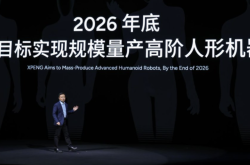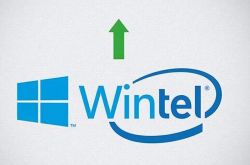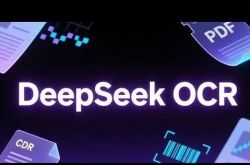AI Agents Set to Compete with Humans for Jobs by 2025
![]() 01/20 2025
01/20 2025
![]() 421
421
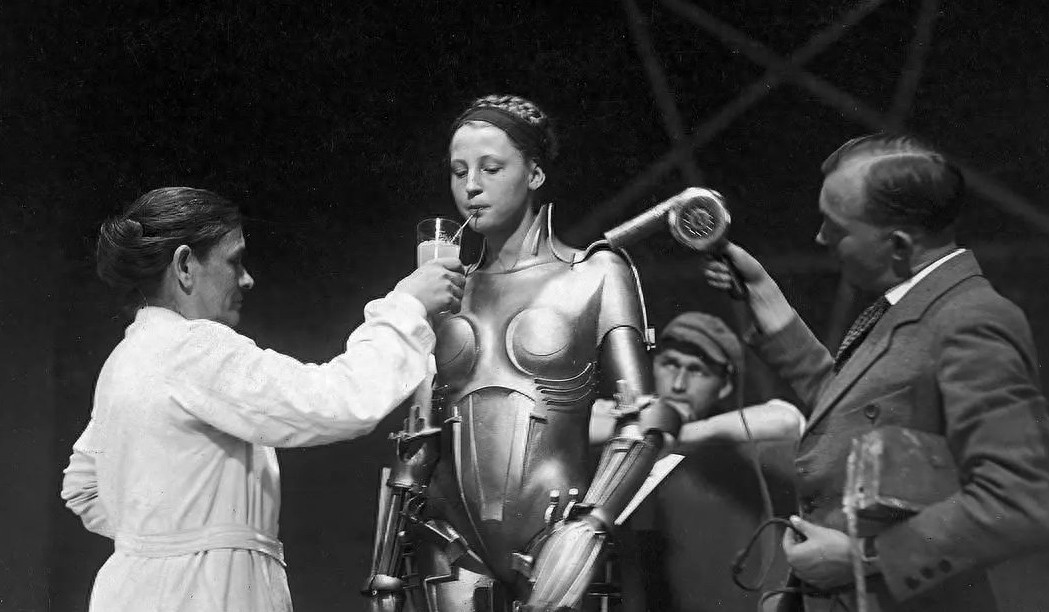
Science fiction movies have always portrayed 2025 as a captivating year.
In this year, the final four Jaeger hunters converge in the sea, successfully obliterating the wormhole through which alien giants invade Earth (Pacific Rim).
Humans vanquish diseases with artificial organs, turning doctors' healing process into a matter of replacing old computer parts (Repo Men).
Emerging from the shadow of atomic war, a few fortunate souls untouched by radiation become prey to radiation mutants (The Warriors).
In reality, 2025 is equally intriguing.
For this is the year we might witness the first significant influx of AI agents into the labor market.
The Dawn of AI Agents
In January 2025, Sam Altman, CEO of OpenAI, published an open letter on social media, reflecting on his entrepreneurial journey and outlining OpenAI's future development roadmap for netizens.
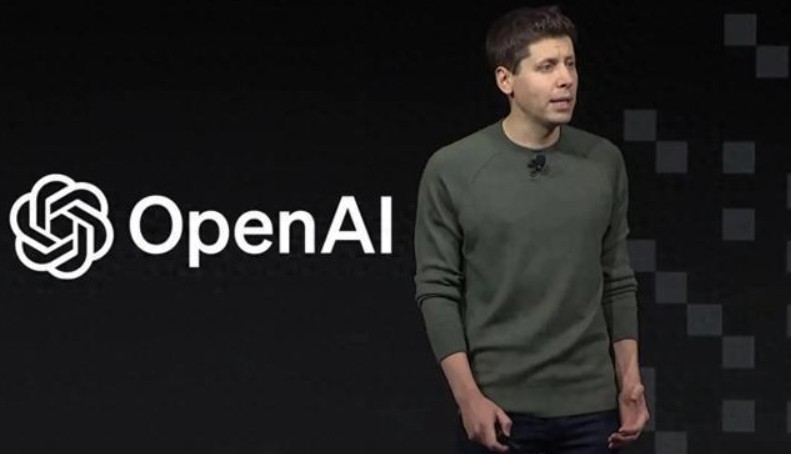
Setting aside the personal anecdotes where Altman shares his "secrets of maturity," laments the immense pressure he faced over the past two years, and fortunately overcame it, the most valuable aspect of his letter is the "2025 timeline" set by OpenAI.
According to Altman, OpenAI is confident it has cracked the code for building AGI (Artificial General Intelligence). By 2025, humans will witness the first batch of AI agents entering the workforce, fundamentally transforming corporate output.
This assertion aligns with previous advertisements from Artisan and statements by OpenAI CFO Sarah Friar, instilling a complex emotion of "fear mixed with curiosity/anticipation" towards the future workplace ecosystem.
Recently, San Francisco-based tech company Artisan launched a series of street advertisements with the slogan "Stop hiring humans."
The company's flagship product, "Artisan," is a sales agent designed to automatically identify and contact potential customers for various enterprises based on different products/services. To quickly establish Artisan's market presence, the CEO chose to directly challenge all human employees in San Francisco.
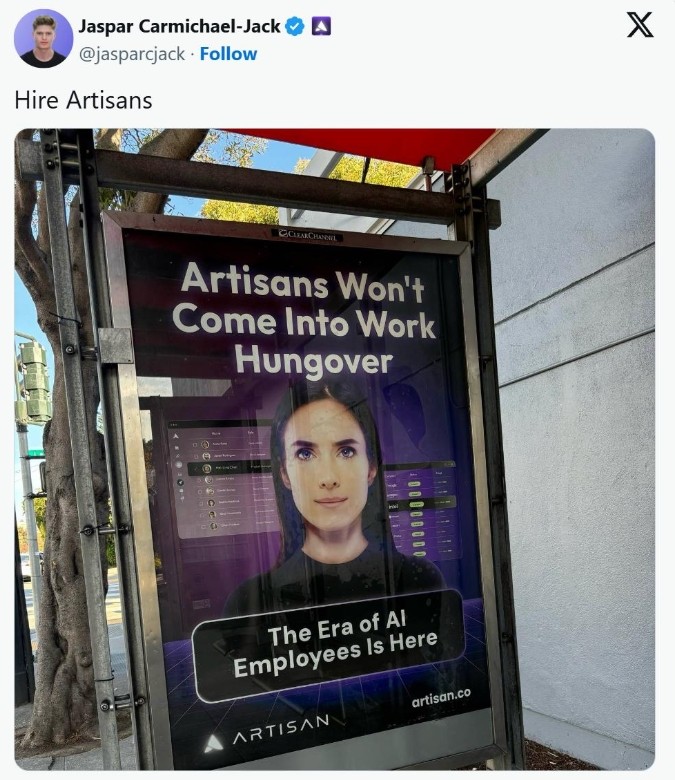
Slogans include "Artisan won't complain about work-life imbalance," "Hire Artisan, not humans," "The era of AI employees has arrived," and other content.
Sarah Friar, CFO of OpenAI, has also publicly stated that the current subscription fee for OpenAI's products is $20 per month, with the team considering offering "PhD-level" AI assistants to enterprise customers at $2,000 per month.
She believes that a robust AI assistant can assist in any task, anywhere in the world, at any time. A monthly fee of $2,000 is justified as it is significantly cheaper than hiring human employees. Consequently, future business owners must reconsider the number of human employees in their teams.
From a cost and work efficiency perspective, hiring agents appears to be a more cost-effective choice.
Is OpenAI Playing a "Hidden Trick"?
On January 17, local time, Sam Altman returned to social media to预热the upcoming new product.
He announced that the latest version of the o3-mini inference model will be released in the coming weeks and is expected to merge with the GPT series model in 2025, combining the former's inference capabilities with the latter's language understanding abilities.

Regarding GPT-5, a topic of great interest to AI enthusiasts worldwide, its release date is soon to be announced.
AI observer and columnist Alberto Romero holds a contrary view to the general public on this matter.
He believes that OpenAI may have completed GPT-5's development long ago, and there are only two reasons why Altman has refrained from releasing it thus far.
First, GPT-5's evolution speed has surpassed everyone's expectations, and they fear it may cause social panic, plunging people into negative sentiments of "AI officially replacing humans."
Second, although GPT-5 has been successfully developed, its commercial return rate falls short of internal expectations. Rather than releasing it prematurely for a "gimmick," it is better to "dismember" it to upgrade other models. Once these models' commercial value is fully exploited, the full version of GPT-5 will be released to capture the market.
This second approach is known as "model distillation."
Developers use data from powerful and expensive models to "feed" less powerful and cheaper models. After distillation, facing performance-enhanced and cheaper models, the operator may increase subscription fees or recommend them to more potential users, thereby expanding the company's cash flow and user base, and recovering the "original model's" development cost.
Alberto Romero believes that the fundamental reason why OpenAI's o1 inference model could iterate to o3 in a short period is because it has been fed data from GPT-5.
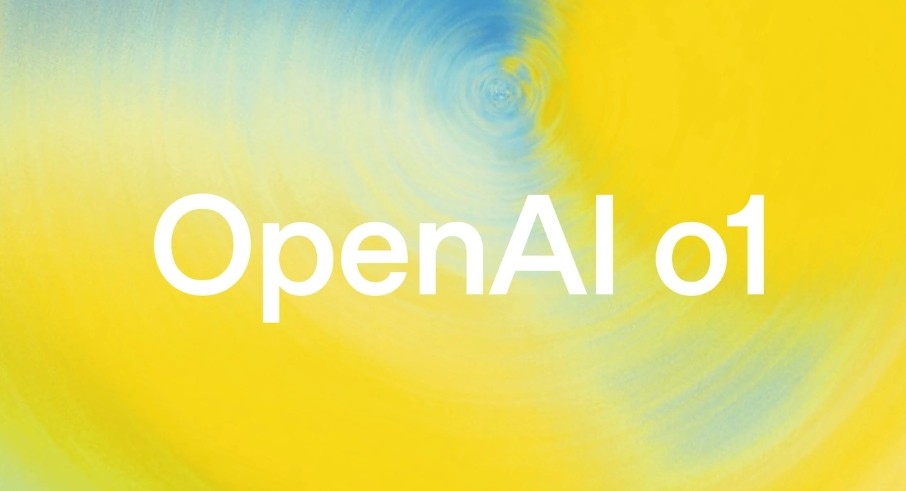
Statements by OpenAI's security researchers on social media, such as "Controlling super AI is imminent," "Beware of AI persuading humans to release them from the sandbox," and "I miss the days when super AI wasn't created," also partly support these speculations.
In other words, OpenAI has indeed reached the threshold of developing ASI (Artificial Super Intelligence) and is using it to upgrade its products.
OpenAI's Ambitions Exceed Our Imagination
A closer look at OpenAI reveals that their ambitions have never been confined to "model development."
As early as 2017, they released Roboschool, a tool for training robots in simulated environments; later, in 2018, they successfully trained a humanoid robotic arm.
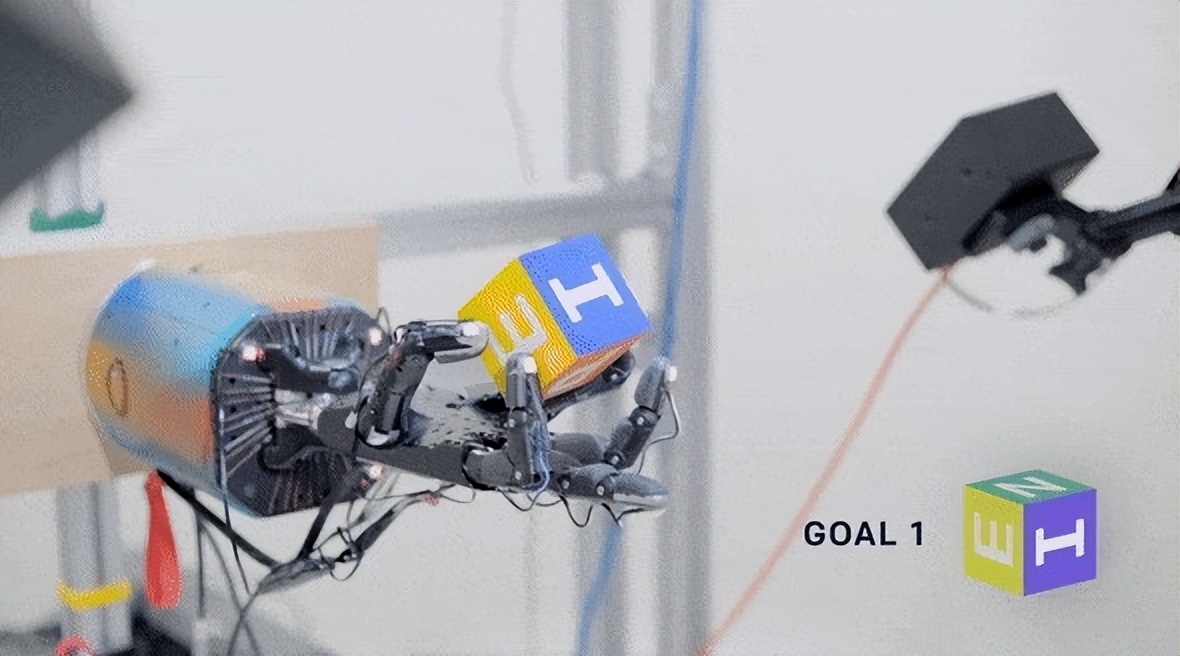
Although OpenAI suspended robot development in 2020 due to a lack of training data, the resounding success of the GPT series model swiftly reignited their goal of creating silicon-based life.
In December 2024, The Information reported that OpenAI is reconstructing its robot ecosystem, partnering with renowned robot companies like Figure and X1 to jointly develop an AI-driven humanoid robot through software and hardware integration.
CITIC Securities also analyzed this development, suggesting that OpenAI's establishment of a robot team not only signifies the success of the company's financing and talent attraction strategies but may also indicate that, to achieve the path to AGI, AI companies consider independently designing and producing robots a necessary step.

Combining these viewpoints with the information above, it becomes evident that the "agent shock" mentioned by Sam Altman is likely not confined to the software level but will have a full-scale impact, extending from the digital world to the real world.
In other words,
I once thought that Altman's referenced labor force shock entailed business owners subscribing to their models and subsequently reducing human employee count, operating with a cheaper "rookie + AI" model to boost profits and cut costs.
However, OpenAI's significant investment in humanoid robots has made me realize that the so-called "labor force shock" is likely a transition from "virtual to real."
In 2025, we will not only witness the advent of AI employees on computers but may also stumble upon, while casually strolling down the street, the release of "humanoid robot employees" specialized in hazardous and heavy labor.
From this perspective, 2025 is indeed a fascinating year for science fiction writers of all eras.
Today, the Pandora's box of AI technology has been opened, and only time will determine its ultimate outcome.
References:
The Paper: OpenAI reorganizes its robotics department to create physical AGI intelligence
National Business Daily: Altman drops a bombshell: The ultra-fast inference model o3-mini is expected to go online within weeks, and the GPT series may merge with the o series! Experts speculate that GPT-5 may never be publicly released
AI Time Journal: OpenAI employees are frantically hinting: Has ASI been successfully developed internally? GPT-5 is trained but hidden
AI Time Journal: The billboard for stopping hiring humans goes viral, costing $2,000 per month, AI eliminates humans!




